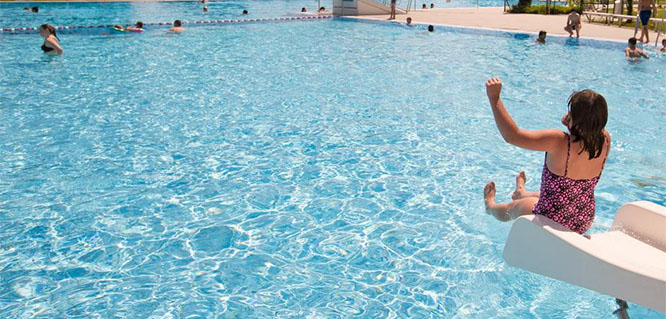
New Delhi, Oct 19: The number of new coronavirus infections reported daily in India dropped below 60,000 for the second time this month, while the number of fresh fatalities registered across the country dipped below 600 almost after three months, the Union Health Ministry data stated on Monday.
The total cases mounted to 75,50,273 with 55,722 infections being reported in a day. On October 13, India had last registered daily cases below 60,000.
The death toll climbed to 1,14,610 with 579 fatalities being registered in a span of 24 hours, the data updated at 8 am showed.
The active cases of coronavirus infection remained below 8 lakh for the third consecutive day.
There are 7,72,055 active cases of coronavirus infection in the country which comprises 10.23 per cent of the total caseload, the data stated.
The number of recoveries have surged to 66,63,608 and the national recovery rate has improved to 88.26 per cent. The case fatality rate due COVID-19 stands at 1.52 per cent.
India's Covid-19 tally had crossed the 20-lakh mark on August 7, 30 lakh on August 23 and 40 lakh on September 5. It went past 50 lakh on September 16, 60 lakh on September 28 and crossed 70 lakh on October 11.
According to the ICMR, a cumulative total of 9,50,83,976 samples have been tested up to October 18 with 8,59,786 samples being tested on Sunday.
The 579 new fatalities include 150 from Maharashtra, 64 from West Bengal, 56 from Tamil Nadu, 51 from Karnataka, 39 from Chhattisgarh, 29 from Uttar Pradesh and 28 from Delhi.
A total of 1,14,610 deaths have been reported so far in the country including 42,115 from Maharashtra followed by 10,642 from Tamil Nadu, 10,478 from Karnataka, 6,658 from Uttar Pradesh, 6,429 from Andhra Pradesh, 6,056 from West Bengal, 6,009 from Delhi, 4,012 from Punjab and 3,635 from Gujarat.
The health ministry stressed that more than 70 per cent of the deaths occurred due to comorbidities.
"Our figures are being reconciled with the Indian Council of Medical Research," the ministry said on its website, adding that state-wise distribution of figures is subject to further verification and reconciliation.








Comments
Add new comment